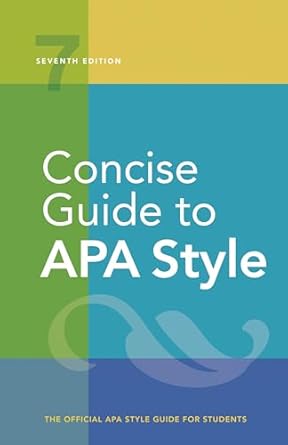[toc]
precise language in psychology avoiding bias
Concise Guide to APA Style: 7th Edition (OFFICIAL)
Page 93 Review
The Importance of Precise Language in Psychological Writing: A Critical Analysis
This excerpt from an ebook highlights the crucial role of precise and respectful language in psychological writing.
It addresses the avoidance of bias and the importance of choosing appropriate terms when referring to individuals participating in research or receiving clinical care.
Avoiding General and Potentially Dehumanizing Terms
The passage emphasizes the need to move away from overly general or potentially dehumanizing terms.
As the text states: “‘children,’ or ‘respondents’ as well as the more general terms ‘participants’ and ‘subjects’ are acceptable.” This suggests a preference for language that acknowledges the active role and humanity of the individuals involved in research.
Even the terms “subjects” and “sample” are acceptable primarily when discussing statistical terms and experimental designs.
This nuance showcases the ebook’s sensitivity to the context in which language is used.
The Significance of “Patient” vs. “Client”
The excerpt then delves into the appropriate use of the terms “patient” and “client,” stating: “Use the term ‘patient’ to describe an individual diagnosed with a mental health, behavioral health, and/or medical disease, disorder, or problem who is receiving services from a health care provider.” This definition clearly delineates the context for using “patient,” aligning it with individuals actively receiving care within a healthcare setting.
The rationale behind this choice is to promote consistency within the healthcare system and integrate psychologists into interprofessional care teams.
However, the ebook acknowledges that “client” (or another term) might be preferred in academic, business, or school settings.
The key takeaway is the emphasis on respecting individual and cultural preferences when choosing language, as highlighted by the reference to the APA resolution.
Distinguishing Between a Case and a Person
The passage further emphasizes the importance of differentiating between a disorder or illness (a “case”) and the person affected by it.
The example provided, “‘manic-depressive cases were treated,’” illustrates problematic language that objectifies individuals.
The suggested revision, “‘the people with bipolar disorder were treated,’” clearly prioritizes the person over the diagnosis.
This section also cautions against the use of terms like “patient management” and “patient placement,” suggesting alternatives like “coordination of care,” “supportive services,” and “assistance” to better reflect the focus on treatment rather than control over the individual. “In most cases, the treatment, not the patient, is managed; some alternatives are “coordination of care,” “supportive services,” and “assistance.””
Clarity and Specificity in Clinical Terminology
Finally, the excerpt addresses the need for clarity and specificity when using broad clinical terms such as “borderline” and “at risk.” “Broad clinical terms such as ‘borderline’ and ‘at risk’ should be properly explained when used.
Avoid using these terms in a broad sense (e.g., ‘the diagnosis was borderline,’ ‘at-risk students’) because such usage obscures the specific clinical or psychometric meaning of the terms.” The example given clarifies how the term “borderline” can have different meanings depending on the context (neuropsychology vs. diagnostic).
Similarly, the use of “at risk” should be accompanied by specific details about the nature of the risk. “When using the term ‘at risk,’ Houvasayd”.
This underscores the critical importance of avoiding vagueness and ensuring that language accurately reflects the intended meaning.
Overall Importance
In conclusion, this excerpt underscores the critical importance of mindful and precise language in psychological writing.
By avoiding generalizations, respecting individual preferences, differentiating between people and their conditions, and providing clear definitions for clinical terms, writers can contribute to a more respectful, accurate, and ethical representation of individuals within the field of psychology.
Buy full ebook for only $18: https://www.lulu.com/shop/american-psychological-association/concise-guide-to-apa-style-7th-edition-official/ebook/product-rmzpq54.html?page=1&pageSize=4
Precise Language In Psychology Avoiding Bias
Read more: Tables & Figures: Mastering Academic Visuals


Leave a Reply